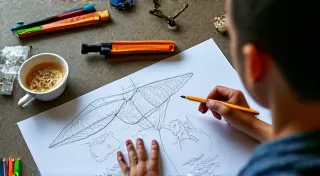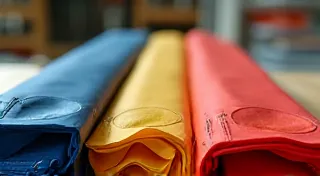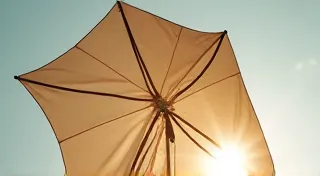Designing a Kite for Specific Performance Goals
Want your custom kite to do more than just fly? Kite making is about more than just construction – it's about engineering! By understanding the core principles of aerodynamics and kite design, you can tweak your kite's shape and materials to achieve specific performance goals. This article will explore how to modify your kite design for increased lift, better stability, and more.
Understanding the Basics
Before you start modifying, let's quickly recap some fundamental concepts. A kite flies due to the difference in pressure between the upper and lower surfaces of the sail. The shape of the sail, the angle of attack (the angle between the sail and the wind), and the overall structure all influence this pressure difference and, consequently, the kite's flight characteristics.
Increasing Lift
Lift is the force that gets your kite off the ground. Here's how to increase it:
- Sail Area: A larger sail area generally generates more lift. However, it also increases drag and can make the kite harder to control. Consider the size of your flying area and the wind conditions.
- Sail Shape (Curvature): A slightly curved sail (like a small camber) can increase lift. This is because the air travels a longer distance over the upper surface, decreasing pressure. Too much curvature, however, can cause stalling.
- Angle of Attack: A steeper angle of attack generates more lift, but also more drag. Adjust the bridle (the strings connecting the flying line to the sail) to fine-tune this angle.
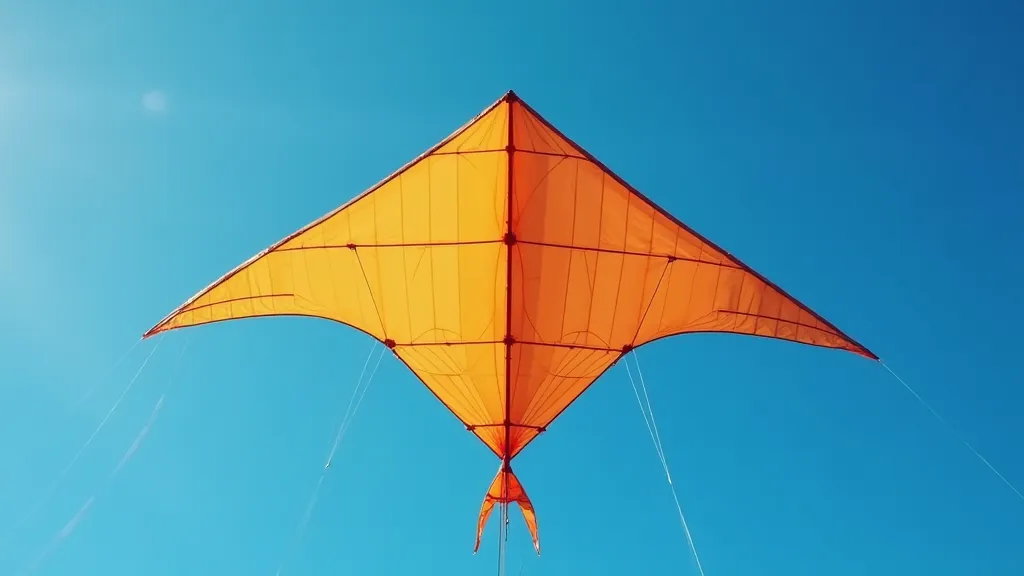
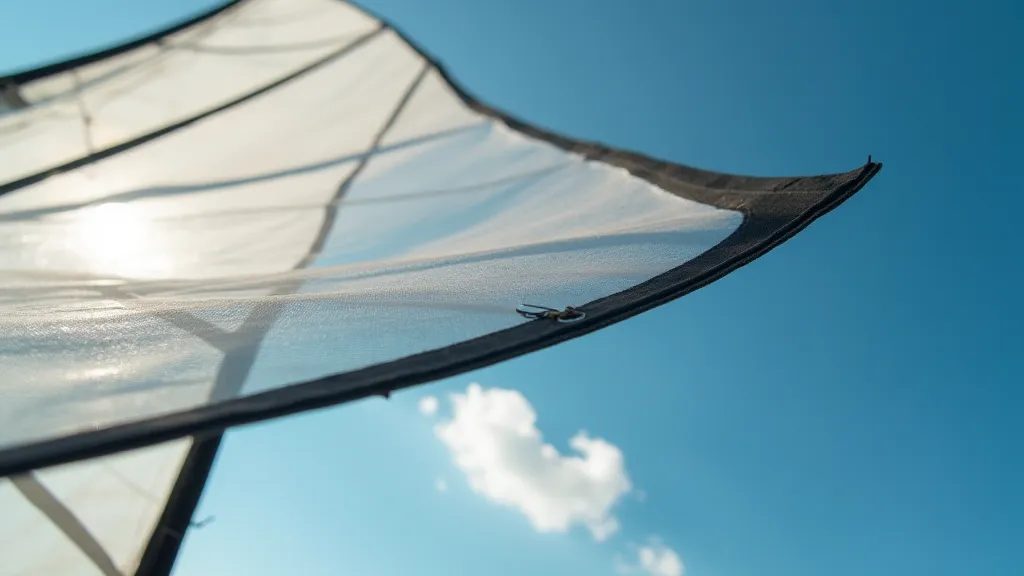
Improving Stability
A stable kite is predictable and easier to control. Here's how to enhance stability:
- Tail Length & Weight: A longer and heavier tail acts as a pendulum, dampening oscillations and stabilizing the kite. Experiment with different tail materials (ribbon, plastic streamers, fabric strips) to find the right balance.
- Bridle Adjustment: The bridle position significantly impacts stability. Moving the bridle point forward generally increases stability but reduces maneuverability.
- Sail Shape (Straightness): A flatter, more rectangular sail is inherently more stable than a highly swept or complex shape.
- Keel: Adding a keel (a vertical strip along the bottom edge of the sail) helps prevent the kite from rolling.
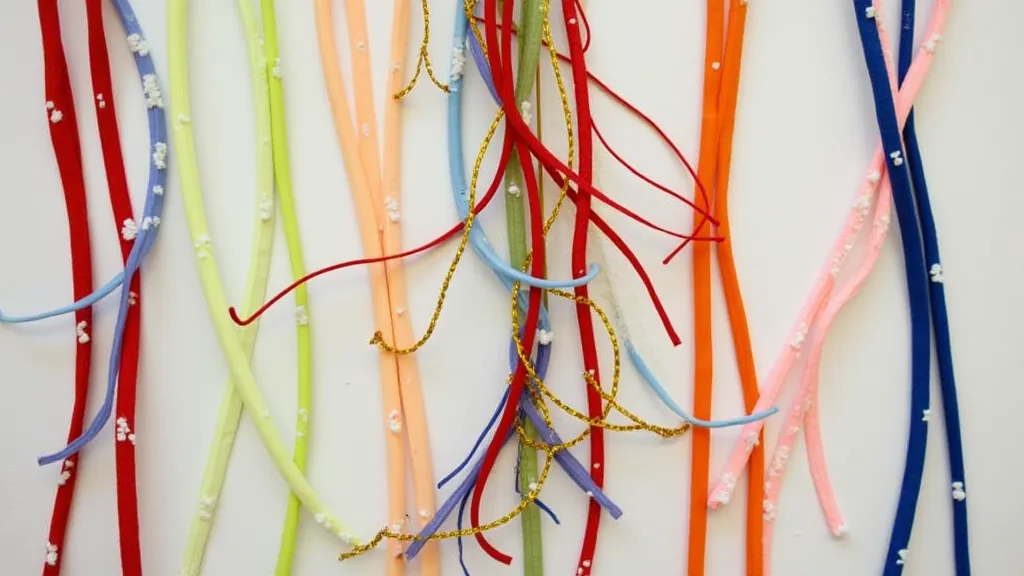
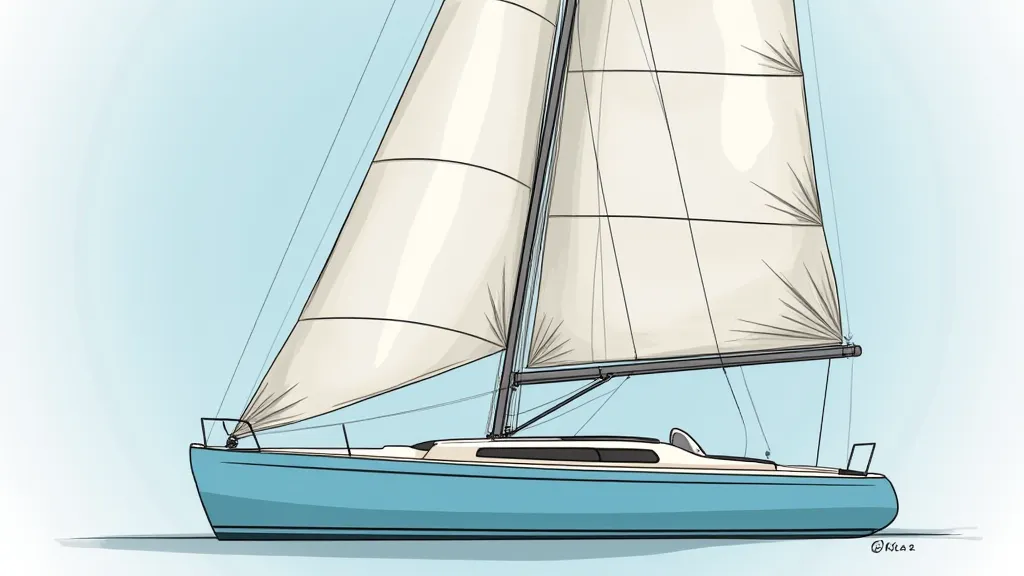
Specialized Kite Designs & Goals
Beyond lift and stability, you can design kites for very specific purposes. Consider these examples:
- Precision Flying (Acrobatics): Smaller kites with very precise bridle adjustments and often complex shapes. These prioritize maneuverability over sheer lift.
- Wind Window Maximization: Designs that maintain controllability across a wide range of wind speeds. This often involves a combination of sail area and adjustable bridle systems.
- Heavy Lift Kites: Larger kites designed to carry payloads, requiring extremely robust construction and carefully calculated aerodynamic properties.
Experimentation is Key
Kite making and design is an iterative process. There's no single "perfect" formula. Don't be afraid to experiment! Make small changes to your designs and observe the results. Keep a notebook to record your modifications and their effects. With practice and observation, you're sure to create custom kites that fly exactly how you want them to.


